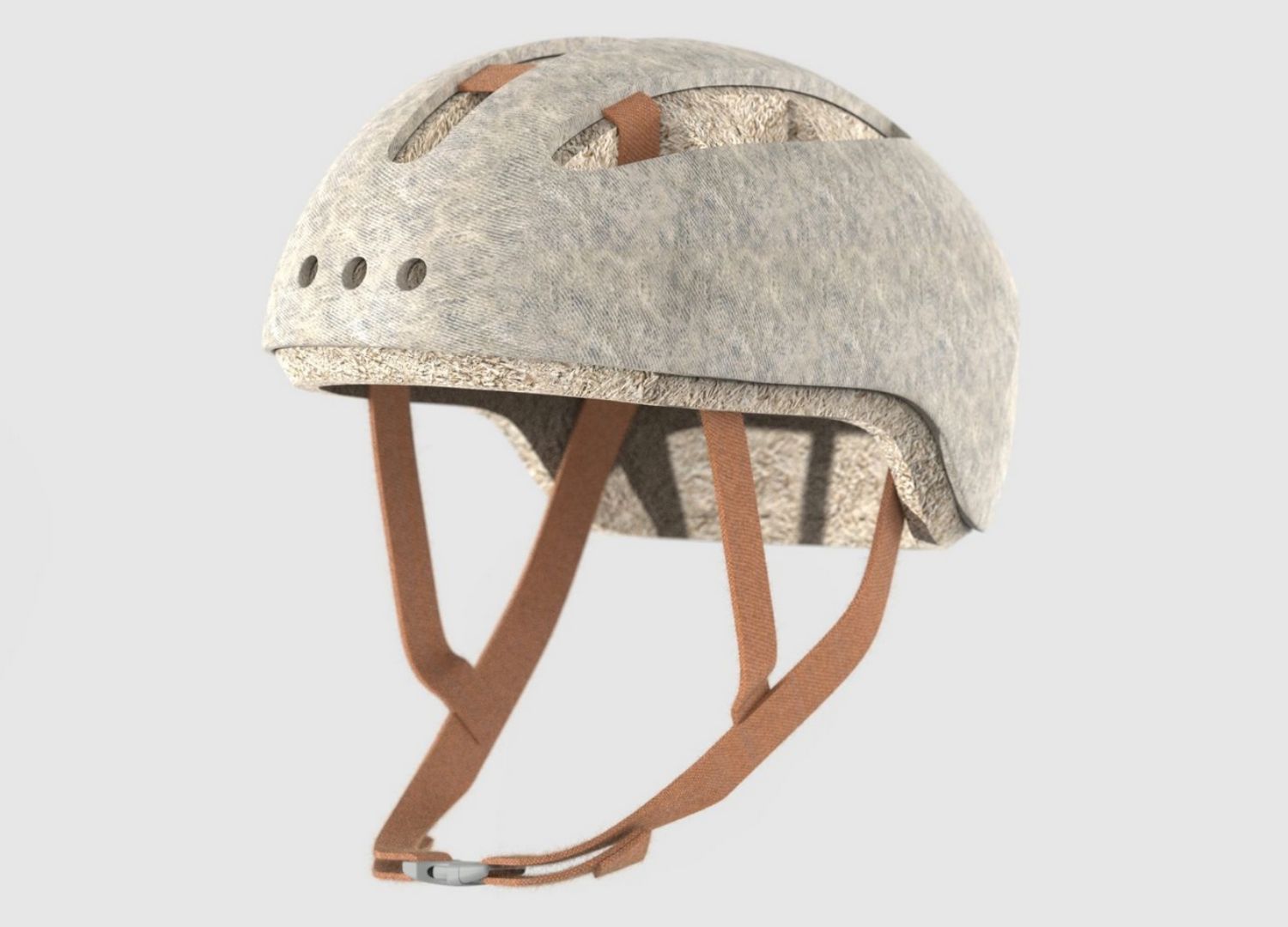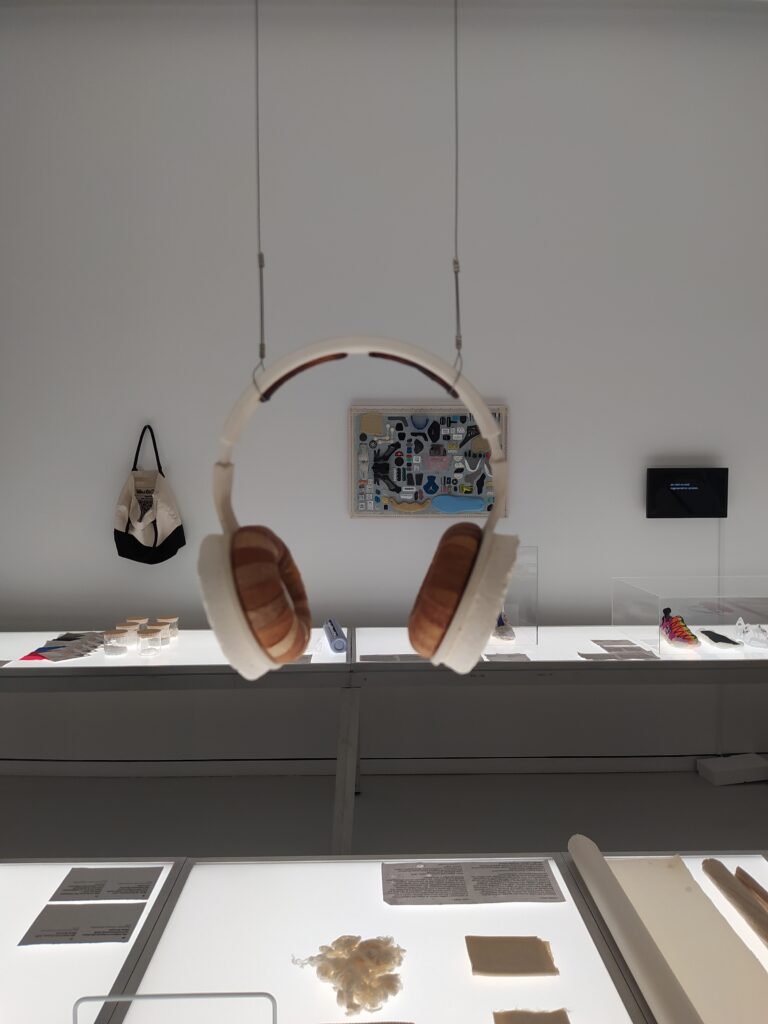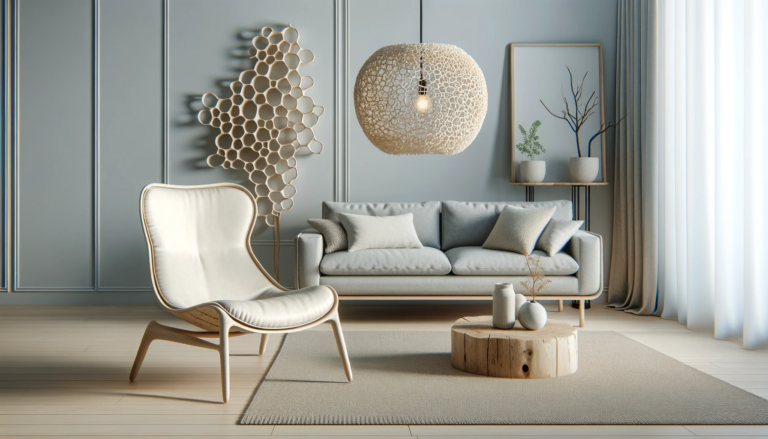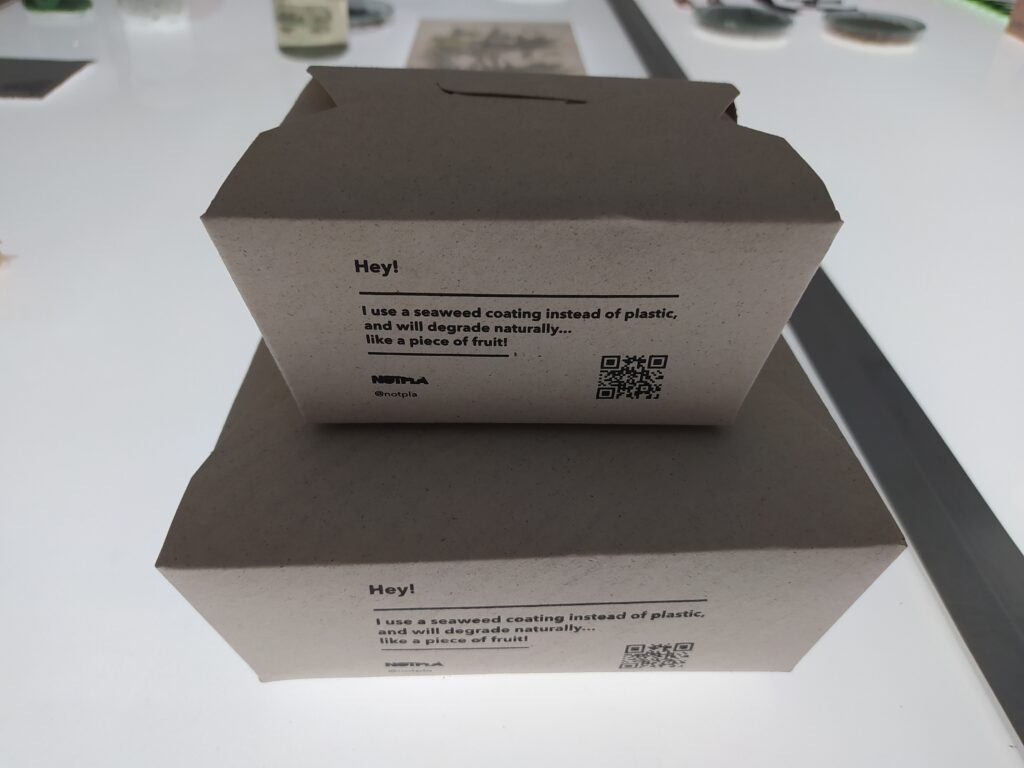
04 Jan Mushrooms in Design? Yes, ofc!
Envision a world where your furniture, your favorite snack packaging, and even the bricks of your home are made from a material as adaptable as nature itself. These organisms are revolutionizing industrial design. From headphones to bicycle helmets, fungi are being used to create durable, biodegradable products. At moaki studio, we celebrate this progress, exploring how these materials can shape the future of eco-friendly production.

Microorganisms as Master Builders: Fungi, specifically mycelium, are being used as an ecological building material. Why? They are strong, lightweight, and best of all, they decompose naturally without leaving a trace. These biological materials open up a new realm of possibilities for designers and consumers alike.
Harvest Your Own Furniture: In collaborations between scientists and designers, prototypes are being developed that might allow you to “grow” your furniture at home. Can you imagine harvesting a chair or a lamp from a design “seed”?

The company Notpla is leading the way in edible and biodegradable packaging, using seaweed and plants to create containers you can literally eat. This could mean a farewell to plastic waste.


Institutions like the Karlsruhe Institute of Technology (KIT) are researching how mycelium-based materials can transform construction. Building blocks and insulation panels are on the horizon, offering alternatives to traditional methods.
3D printing with fungi, specifically mycelium, is a groundbreaking area in sustainable design, blending innovation with environmental responsibility. Mycelium, the root structure of mushrooms, is being used to create a new material called MyCera, developed by researchers at Graz University of Technology. This composite of clay, wood sawdust, and mycelium offers unique benefits: it continues to grow post-printing, enhancing its tensile strength and structural integrity. This makes it a promising alternative to traditional building materials, contributing to waste management and CO2 emission reduction.
At moaki studio, we are thrilled by the potential of these natural materials. Join us in this conversation about sustainability and design!
For more insights into the transformative power of fungi, check out these resources:
- Mycoworks: Pioneering mycelium leather.
- Ecovative Design: Leading the way in mycelium packaging and products.
- The Mycelium Revolution on TED Talks: Inspiring talks on the promise of fungi.

No Comments